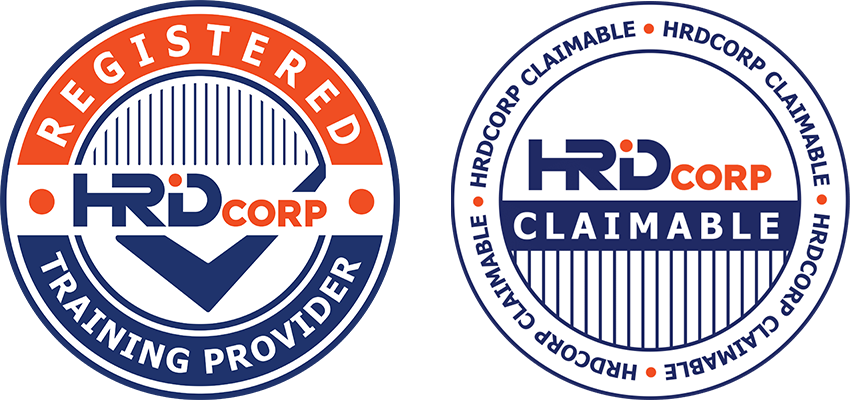Is Your Business Really Safe?
The Untold Truth About HACCP You Can’t Afford to Ignore

When it comes to food safety, many business owners think “We’ve been fine so far, no one’s complained, so why complicate things?”
That’s the exact mindset that turns small oversights into public health nightmares.
If your business handles food in any way, whether you’re a manufacturer, restaurant, caterer, or supplier, HACCP isn’t just a box to tick. It’s the backbone of your credibility, your legal protection, and, quite literally, your customers’ lives.
Let’s break it down completely.
What is HACCP?
HACCP stands for Hazard Analysis and Critical Control Points.
It’s a preventive food safety system designed to identify, evaluate, and control hazards that could compromise the safety of your food products.
Unlike traditional “end-product testing” (checking the food only after it’s made), HACCP focuses on prevention at every step of production, from sourcing ingredients to serving the final product.
Why HACCP Matters More Than You Think
-
Legal Compliance – Many countries require HACCP or equivalent systems by law. Non-compliance can result in heavy fines, license suspension, or closure.
-
Customer Trust – Consumers are increasingly aware of food safety and will trust brands with strong safety certifications.
-
Cost Savings – Preventing hazards early is far cheaper than recalling products, handling lawsuits, or recovering from brand damage.
-
Global Market Access – Many international buyers require HACCP certification before they even consider your product.
The 7 Principles of HACCP
HACCP is built on seven core principles. Think of these as your “safety blueprint”:
-
Conduct a Hazard Analysis
Identify potential biological (bacteria, viruses), chemical (cleaning agents, toxins), and physical (glass shards, metal) hazards. -
Determine Critical Control Points (CCPs)
These are steps where hazards can be prevented, eliminated, or reduced to safe levels — e.g., cooking, chilling, metal detection. -
Establish Critical Limits
Set measurable limits for each CCP, like temperature, pH, or time. For example: Chicken must be cooked to at least 75°C internally. -
Establish Monitoring Procedures
Decide how you’ll check that each CCP stays within its critical limit (e.g., using thermometers, pH meters). -
Establish Corrective Actions
Plan what to do if monitoring shows a CCP isn’t under control — e.g., discard affected batch, recalibrate equipment. -
Establish Verification Procedures
Regularly verify that your HACCP plan works — through audits, product testing, or third-party inspections. -
Establish Record-Keeping & Documentation
Keep detailed records of your hazard analysis, CCP monitoring, corrective actions, and verification results.
How to Implement HACCP in Your Business
-
Get Management Commitment: Without leadership buy-in, HACCP will fail.
-
Form a HACCP Team: Gather people from different departments (production, quality, purchasing, maintenance).
-
Describe Your Product: Include ingredients, shelf life, storage, and distribution methods.
-
Create a Process Flow Diagram: Map out every step from receiving ingredients to serving customers.
-
Apply the 7 Principles: Work through them systematically.
-
Train Your Staff: Everyone should understand their role in food safety.
-
Review & Update Regularly: HACCP is a living system, not a one-time project.
HACCP isn’t about passing audits — it’s about protecting lives, preserving your brand, and keeping your business doors open.
The question isn’t “Do I need HACCP?” but “Can I survive without it?”
If you haven’t started yet, the safest day to begin was yesterday. The second safest day is today.






